The Art of the Espalier
With garden spaces becoming smaller around our urban and suburban homes, the espalier is enjoying a revival. To espalier is to train trees, shrubs and vines on a frame (also called an espalier) so they grow into a flat plane, an ancient horticultural practice. A French word, “espalier” is derived from the Italian “spalliera,” which means “something to rest the shoulder [spalla] against.” The Romans originated the technique, and medieval Europeans refined it into an art as they trained fruit trees to grow against cloister walls. Today’s gardeners are rediscovering the technique’s usefulness and beauty.
Whether trained into traditional patterns or allowed to meander more informally, espaliers are living sculptures. (The word “espalier” is also used to describe the trained plants.) Choosing the form your espalier will take with your garden in mind will help reinforce your garden’s style and feeling. Here are six design ideas to consider.
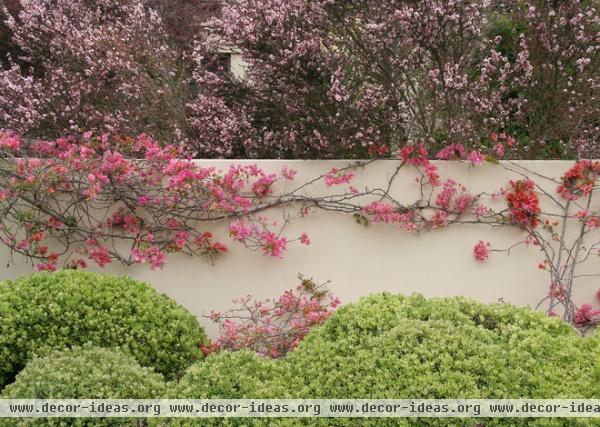
1. Informal espaliers. Many plant species are suited for informal or free-form patterns, which work well with a number of garden styles, including modern, Asian, and cottage. Positioning an informal espalier at eye level, as with this bougainvillea, gives it prominence.
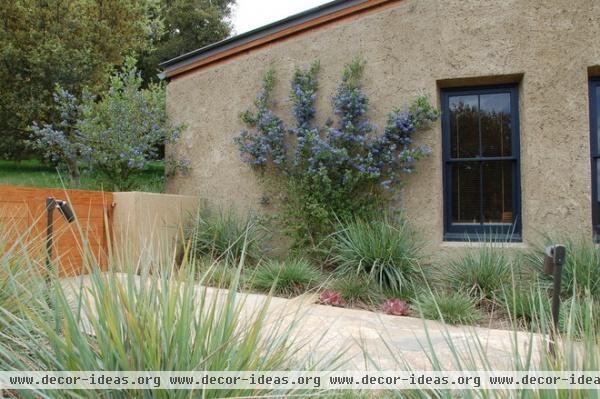
An informal espalier within a naturalistic planting design can be a welcome surprise. This exuberant and unexpected Ceanothus enlivens the native planting surrounding it.
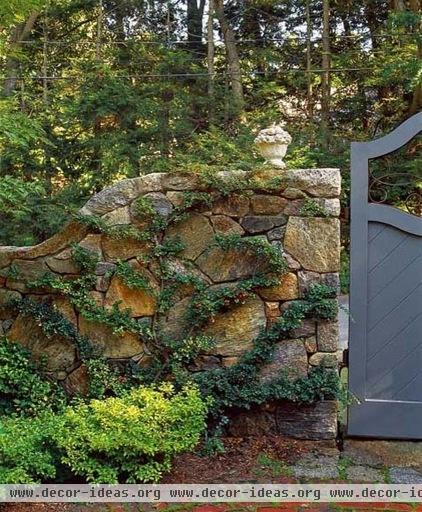
The seemingly random zigzag of this scarlet firethorn (Pyracantha coccinea) mimics and reinforces the pattern of the stone wall behind.
Informal designs usually do not require the kind of supporting framework given to formal espaliers — although it’s a good idea to provide some while the plant is becoming established.
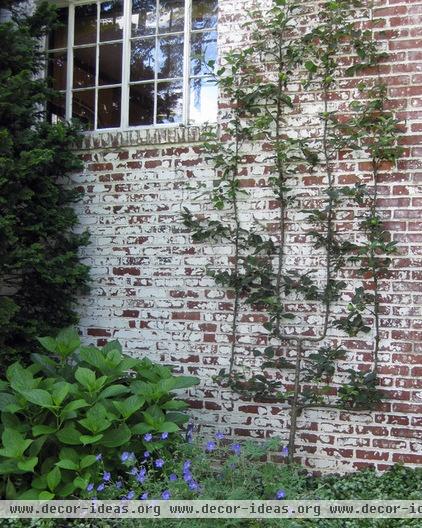
2. Formal espaliers. Get out your clippers. For those who love to snip, a formal espalier is an elegant choice. Traditional patterns include cordon (a single branch), multiple cordon (U shaped), tiered patterns, fence patterns and fans (palmettes).
In this example an espaliered pear tree in a double U pattern makes use of limited space and leads the eye upward. A vertical design such as this can make a distinctive statement in a small urban courtyard.
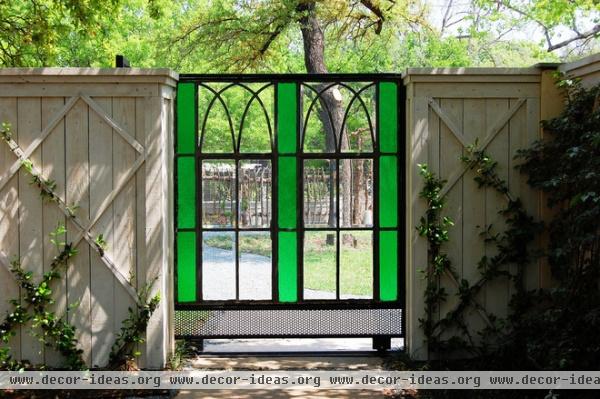
A Belgian fence (or lattice pattern) makes a stylish adornment for a blank wall. This type of espalier can be a bit complicated if trees trained as single cordons are used, but vines lend themselves quite readily to this pattern.












